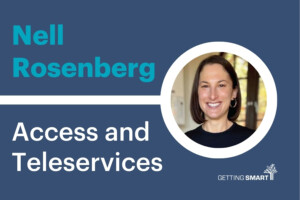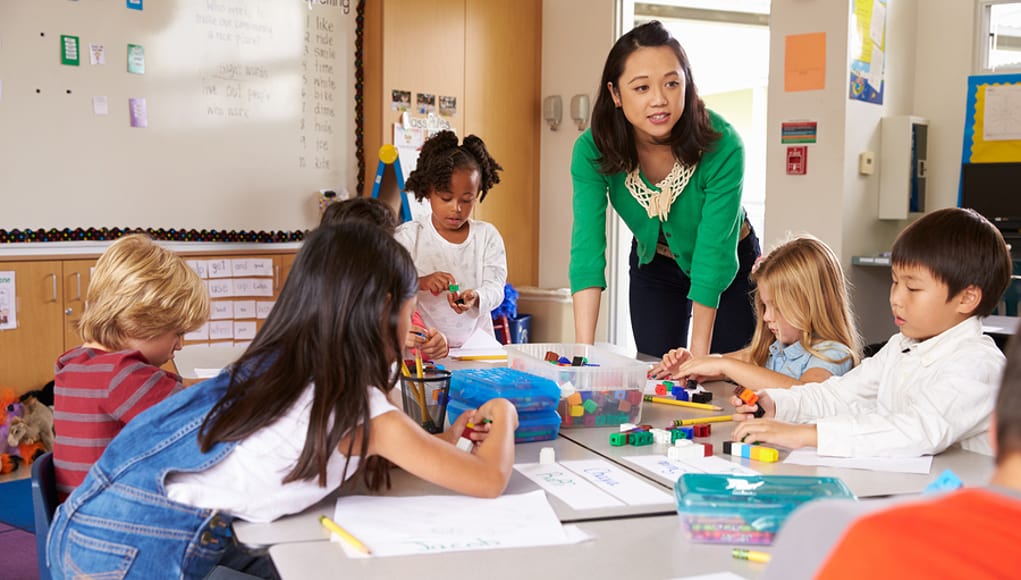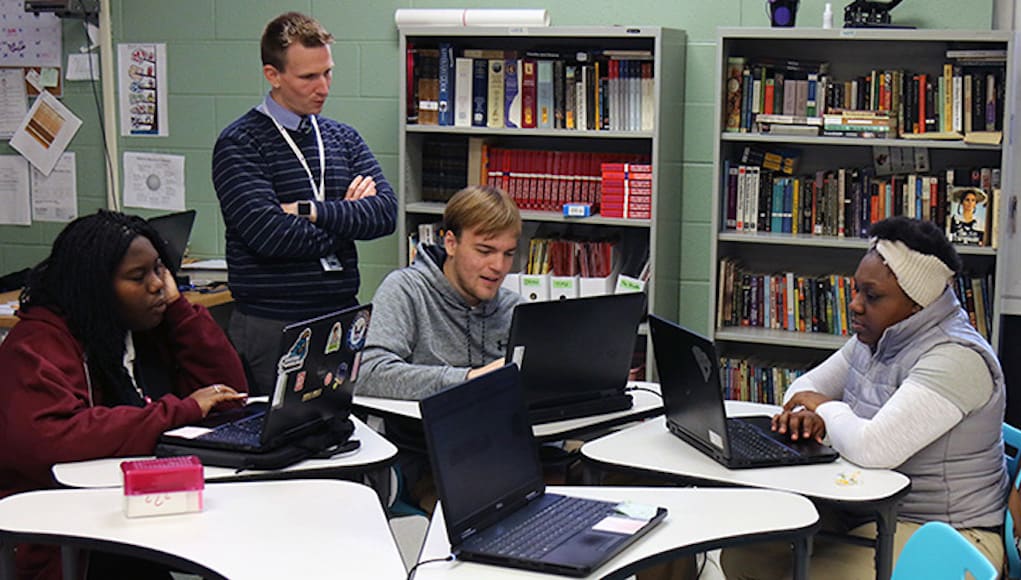Equity & Access
Equity and access follows schools, frameworks and leaders who put equity at the center of what they do to create a level playing field for all students and remove any implicit bias in the curriculum or way that it’s taught. In a time of highlighted inequities, this is the most important work in education.
Meeting Students on Their Own Cultural Turf
Every student has different realities from their teacher, but this is especially the case if the teacher is from another ethnic, racial, cultural or socioeconomic background. This uniqueness of each student’s experience is a fundamental, and often overlooked, piece of the teaching and learning puzzle.
Promoting Family Engagement: 5 Ways to Foster Meaningful Connection
There are many strategies that schools can use to keep families informed and involved. The key is to find the way to not only make an initial connection and build the “family to school” partnership but to engage families and continue to collaborate and grow together.
Education Systems Should Be Based on How Students Develop
A flowering of research from neuroscience, psychology, early childhood, and a variety of other disciplines on the science of learning and development has begun to shed light on what is necessary for students to reach their full potential. How can our systems catch up to these findings?
Building on the Power of Digital Badges to Create Future-Ready Learning and Job Experiences for Students
By: Connie Yowell. Badges open up a world of learning that many students previously did not have access to. Through badging students can take their learning outside of the school building, unlocking a world where they can learn skills that are of greatest interest to them or their future career, at a time and place that best suits their needs.
Deep in South Carolina’s ‘Corridor of Shame,’ Teachers at New Tech Network Strive for a Big Turnaround
By: Mark Keierleber. Colleton County is in southeast South Carolina, part of a poor, rural region branded in a documentary as the “Corridor of Shame” for historically inequitable funding and poor student achievement. New Tech Network is helping build momentum for change.
Cultural Responsiveness Starts in the Principal’s Office
If school leaders are not attuned to the students walking the halls and sitting in the classrooms, students will never have truly personalized education. And if they are not attuned to the needs of students, teachers will not receive the supports needed to effectively personalize learning.
Homework or No Homework? Maybe We’re Asking the Wrong Question (Part 2)
By: Kristen Thorson and Erin Gohl. By reimagining homework, teachers have the potential to design purposeful experiences that transcend the walls of a classroom and build a solid foundation for learning. Homework can even feel like an opportunity for students and families.
Homework or No Homework? Maybe We’re Asking the Wrong Question (Part 1)
By: Erin Gohl and Kristen Thorson. Academic studies on homework have shown a spectrum of results spanning conclusions that homework is the key to academic success to those saying homework is a waste of student time that damages home life. But what if homework was different?
Global Dignity Launch Materials to Encourage Development of Dignity
As the world becomes more and more interconnected, there are increased opportunities to interact across boundaries and borders. We see almost daily instances where those interactions can be uplifting and positive, but far too often we hear of instances of ugliness in the world. So what can we be done?
Inequity in Education is Your (and My) Responsibility
By: Kate Gerson. The popular way of framing these numbers is that they represent an “achievement gap,” but that doesn't do the issue justice. The problem is all of our responsibility.










